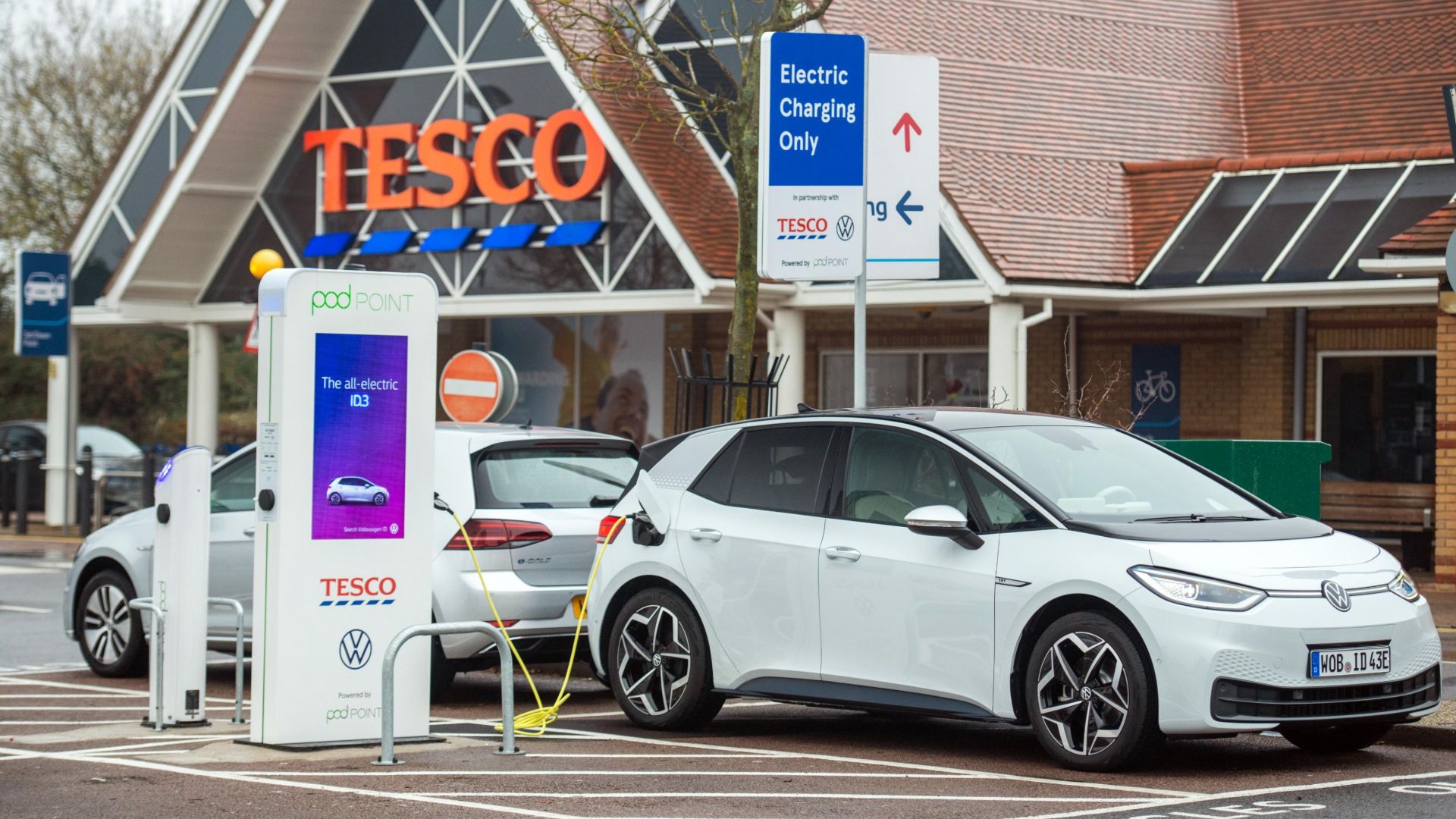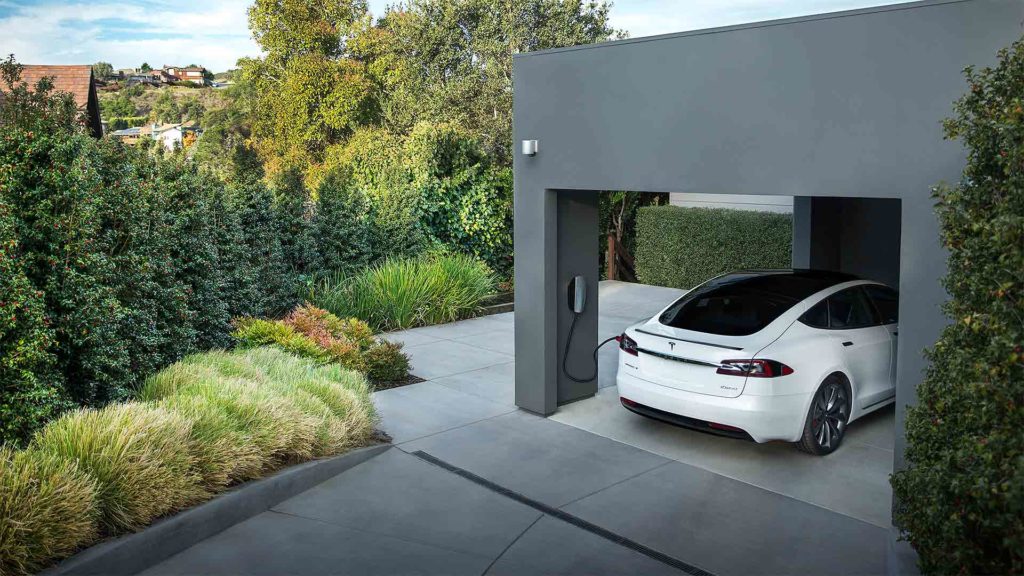
The UK’s forthcoming ban on the sale of new petrol and diesel cars means, for many of us, the future is electric.
When it comes to driving, you may not notice much difference. Many EVs look and feel similar to combustion cars from behind the wheel, albeit with an automatic transmission and instant pulling power. They are generally more relaxing to drive, but can also offer surprising performance.
Charging can be more challenging, however. Rather than simply stopping at a petrol station and filling your car’s tank within a few minutes, topping up an electric car can be a time-consuming process.
But it doesn’t necessarily need to be difficult and, for many of us, it’s easy enough to fit into our lives.
How do you charge an electric car?

Think of charging an electric car being the same as charging your phone. You can do it using a simple three-pin domestic plug socket, leaving it overnight for a fully-charged car – via cheaper, off-peak electricity – when you wake up the next day.
Although it depends on your electricity supply, the specific car and, of course, how flat the batteries are, it typically takes around eight hours to charge using a home socket. All EVs come supplied with an ICCB (In Cable Control Box) cable – often nicknamed a ‘granny cable’ – with a three-pin plug.
For faster charging, a professional can install a home ‘wallbox’ charging point. This would normally cost around £800, but there’s currently a £350 government grant available for EV drivers. Buy a new electric car and you may even get this included for free.
A wallbox can reduce charging times by up to 50 percent – meaning you can typically have a fully-charged EV in about four hours.
Find out more about having charging point installed at home.
What about the time it takes to charge?

OK, so most people don’t have four hours to waste waiting for their car to charge. But with the range of many electric cars (i.e. how far they will travel on full batteries) now exceeding 300 miles, ask yourself how often you exceed that in one day?
If your daily mileage is usually less than the car’s maximum range, just charge your electric car at home overnight.
For those occasions when you do travel further afield, there are alternatives to charging at home. There’s a network of more than 38,000 chargers at around 14,000 different locations around the UK, with the number of fast and rapid chargers growing quickly.
Fast chargers are often found in shopping centres and supermarket car parks. Most are rated at 7kW, but 22kW chargers are also available. A 7kW charger should deliver a full top-up in four to six hours. A 22kW unit will need just one to two hours.
Rapid chargers are usually found at motorway service stations. They can fill an electric car up to 80 percent capacity in just 30 minutes – ideal if you’re on a long journey and want to break it up with a coffee and a refill. They are pricey, though, with Ionity’s ultra-rapid 350kW chargers costing 69p per kWh.
You’ll often see this 80 percent figure quoted by car manufacturers and charging networks, rather than the time to fully charge to 100 percent. The reason is that rapid chargers have an automatic cut-off at this point to protect the life of the batteries.
Find out more about how long electric cars take to charge
Tell me about charging networks

If you drive a Tesla, you can make use of the impressive Supercharger network. Some Model S and Model X owners get free charging, but if you own the smaller, more affordable Model 3, you will have to pay.
Owners of other electric cars will need to use one of the public networks, which normally involves downloading an app onto your phone, then paying at the point of sale with a credit or debit card.
Polar is the largest network, with upwards of 7,000 charging points. Owned by BP Chargemaster, membership costs £7.85 a month, then you pay per per kWh used. Other networks, such as Ecotricity and Shell Recharge, are fully pay-as-you-go.
Find out more about which EV charging networks operate in the UK
ALSO READ:
Electric car owners braced for ‘poll tax on wheels’
Electric car sales need ‘substantial growth’ to hit 2030 target